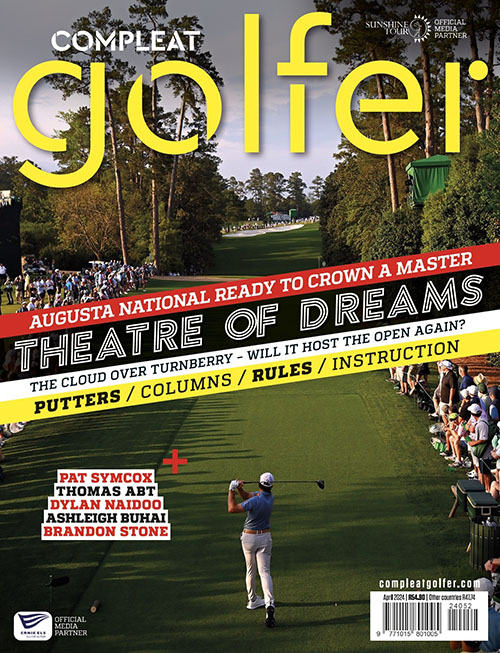The irony is that the sponsors and Tours love social media and they’ve long reached the point of no return.
Sergio Garcia had completed his interviews after a third-round 71 that gave him a two-stroke lead heading into the final 18 holes of the Nedbank Golf Challenge at Sun City last November. Just then, as he was exiting the cordoned-off media zone, a ‘social media influencer’ approached him for a selfie.
The Spaniard politely agreed to the request, smiling as the ‘influencer’ raised the phone and snapped the pair of them. Instantly, Garcia’s eyes narrowed and he scowled. ‘Don’t go on the course with your phone not on silent,’ he said. ‘It is on silent,’ came the reply. ‘I can still hear it go “click”. Don’t try that on the course,’ said the then 38-year-old as he marched off in a huff.
A quick Google search revealed the following chatroom discussion: ‘Q: My iPhone6 is on silent but my camera still makes sound. How do I turn that off? A: If your iPhone is muted using the ring/silent switch on the side and you’re still hearing the shutter sound, this function may be disabled.’
So, I spent much of the final round walking around Gary Player Country Club the following day, deliberately ‘people watching’. The majority of spectators carried their phones with them and a high percentage watched the golf through their screens, instead of appreciating the moment.
Sure, social media has become part of everyday life, but if you want to watch a tournament ‘live’, rather sit in front of a TV. Is it for bragging rights that one needs to photograph or video a golfer hitting a ball and then immediately upload to Instagram, Twitter or Facebook to prove you were at the event? What’s happened to the spectator being able to verbalise their experience around the golf course? And what do they actually get to see when watching most of the play through their cellphone screens?
At last year’s Open Championship two images, stitched side by side, went viral. One was of Tiger Woods at the 2002 Open, the other of him at the 2018 event. In the one, hardly anyone was pointing a phone. Sixteen years later hardly anyone wasn’t.
Augusta National has famously stuck to its archaic rule of ‘no phones’ and those who have attended The Masters admit to it being a strange experience, given that a phone these days is virtually an extension of someone’s arm. But, how much does a phone hinder a professional golfer? (Us high-handicappers have long got used to distractions and playing partners taking phone calls and WhatsApping while they are on the golf course. Although, I do find such behaviour rude, the curmudgeon I’ve become.)
At the 2017 British Masters Ian Poulter ranted about the distraction of cellphones. In the third round he hit his tee shot on a par three into the water. As his ball was in the air the Englishman, on camera, complained to the spectators, ‘Guys, can you put that phone on silent, please.’
After his round, Poulter addressed the media. ‘Seriously, what are we doing? We’ve allowed them all to take pictures and videos and we tell them to put them on silent and it doesn’t work, does it? You get distracted on the wrong hole at the wrong time and it’s extremely penal and it’s really f***ing annoying. They don’t realise they distract us as much as they do. You’re not expecting it because you think they’ve got their phone on silent.’
At this year’s Masters, Rory McIlroy observed: ‘Playing a practice round, I said to my caddie Harry [Diamond] out there, “How good is it that people aren’t looking at their phones?” Yes, there are people with cameras, but they don’t constantly have their face in the device. It’s refreshing.’
‘It’s nice, isn’t it?’ said Woods. ‘This event is so different, and unique. It’s pure golf. You know, just the player and caddie out there playing. We’re prepping together and there are no other distractions inside the ropes.’
The irony is that the sponsors and Tours love social media and they’ve long reached the point of no return. The professional golfer is simply going to have to accept it as an occupational hazard.
– Gary Lemke writes a monthly column for Compleat Golfer







